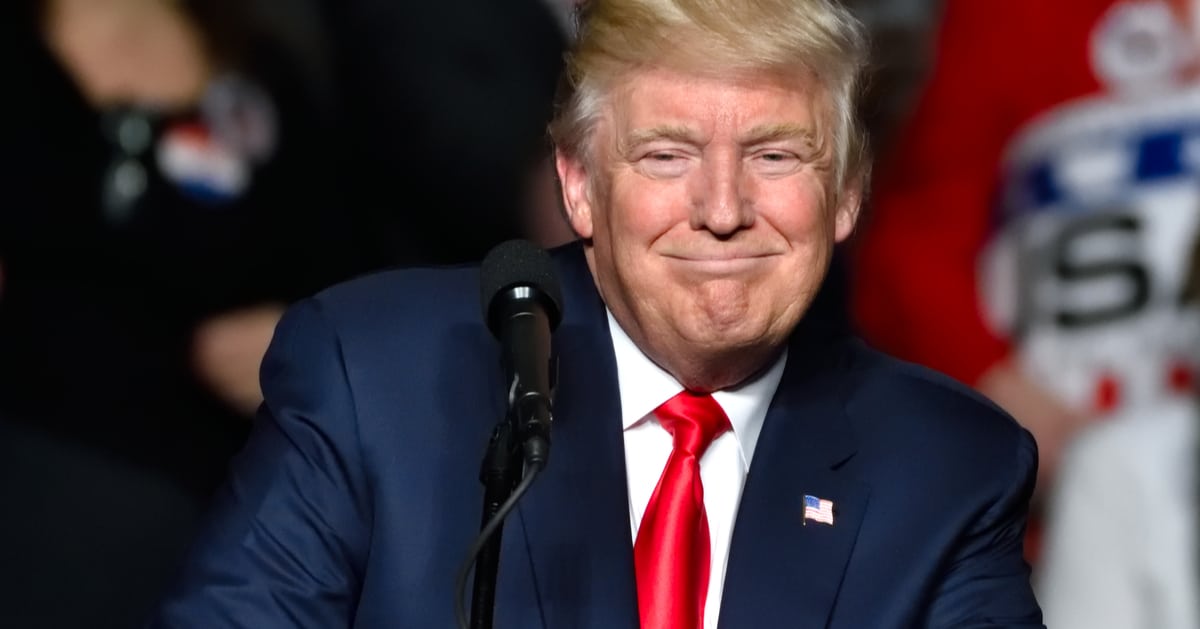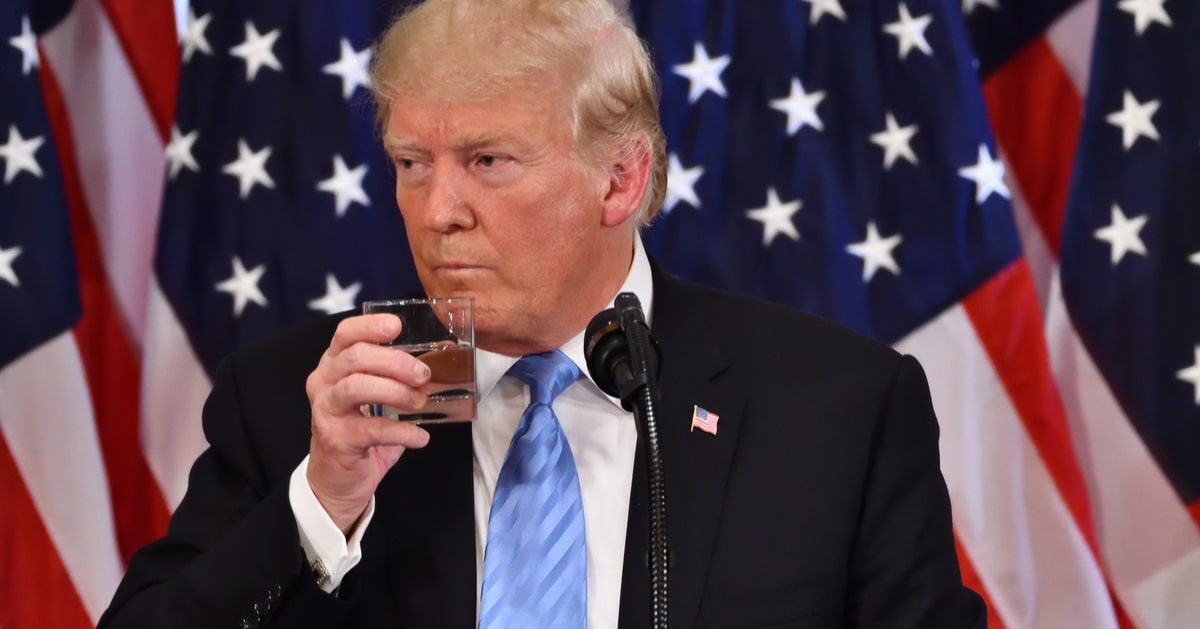





The upcoming midterm elections could see Republicans regaining control of the Senate, a prospect that has heightened the stakes in key races across the country.
The Washington Times reported that with several vulnerable Democratic incumbents in conservative-leaning states, Republicans are favored to win the seats required to overturn the Democrats' slim majority.
The November 5 elections will determine the fate of a third of the Senate, as legislators elected this year will serve six-year terms.
The current Senate makeup has Democrats holding a narrow 51-49 majority, a balance that hangs in the balance given this year’s challenging electoral map for the Democratic Party.
One of the critical factors in this year's race is the retirement of key Democratic figures, including Sen. Joe Manchin III of West Virginia.
His departure makes this seat a potential pickup for the Republicans. In Montana and Ohio, Democrats are facing formidable challenges where the races have attracted the most campaign spending.
Montana is viewed as a crucial battleground. Republican candidate Tim Sheehy currently leads in the polls, posing a significant threat to Democratic incumbent Jon Tester, who is well-versed in hard-fought elections. Despite enduring support from a cross-section of Montanans, Tester’s campaign acknowledges the uphill battle given the state’s previous overwhelming support for former President Donald Trump.
In Ohio, similar high stakes are at play, where long-term Democratic Sen. Sherrod Brown is engaged in a neck-and-neck contest. The state has seen a flurry of monetary investments as both parties vie for this pivotal seat.
The sheer amount spent on these elections is unprecedented, with total spending surpassing a staggering $2 billion. Ohio and Pennsylvania lead in expenditures, highlighting the critical importance of securing these battleground states for both parties.
Across the map, Democrats are also defending vulnerable seats in Wisconsin, Michigan, Nevada, and Pennsylvania. In Michigan, Sen. Gary C. Peters faces a challenging re-election campaign, reflecting the national trend of closely contested races this cycle.
Democratic hopes are pinned on maintaining the status quo, although their chances appear daunting. Their strategy includes targeting Republican-held seats that were once considered strongholds, such as those in Texas and Florida.
Adding to the dynamic is Arizona, where Democrat Ruben Gallego has stepped into the race following independent Kyrsten Sinema's decision not to seek re-election. This open seat indicates a potential shift in Arizona's political landscape.
Moreover, Republican candidates are facing their own challenges, even in traditionally red regions. In Nebraska, independent Dan Osborn has posed a credible threat to the GOP incumbent, showcasing the shifting alliances within American politics today.
Jessica Taylor, a seasoned observer of Senate races, believes Republicans have the advantage largely because of the electoral map. She highlights Montana as pivotal for securing a majority, while acknowledging the challenges Democrats face in races like that of Texas, where candidate Colin Allred faces many hurdles.
The prospect of flipping the Senate has energized both parties, highly motivating their respective bases. Predictions on Republican net gains suggest they could increase up to four Senate seats, providing a potential buffer for achieving their legislative goals.
However, political analysts warn that unforeseen factors can always shift the tide in midterm elections. The volatile political environment ensures that both parties are keeping their strategies adaptable.
With its high stakes and monumental spending, this election cycle underscores the intricate web of political maneuvers each party employs. The outcome will ultimately shape the legislative agenda for years to come.



